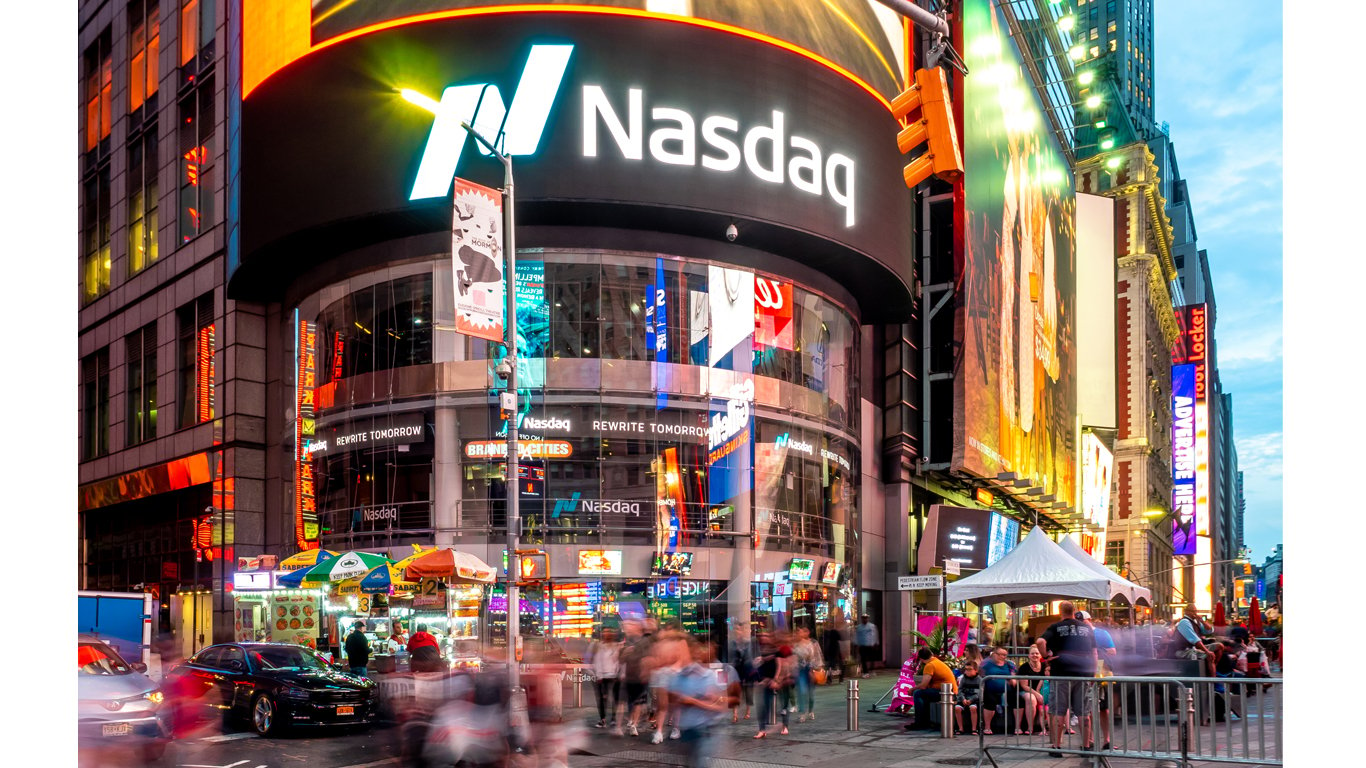
"On March 10, 2000, the Nasdaq-100 traded at 5,048.62. On October 9, 2002, it had dropped to 1,114, down 78% from its peak. If a decline occurs anywhere near that level, it will be due to several factors combined. The most likely outcome is a huge disappointment in the future of artificial intelligence (AI). Another would be raging inflation caused by tariffs. (This leaves a major war out of the equation.) A drop of the same magnitude would take the Nasdaq down over 19,000 points."
"Most of the drop in the market from 2000 to 2002 was due to major overvaluation of stocks, which were part of the new internet wave. Those that dragged the market down for the most part had almost no revenue. They often raised money by going public. They ran out of money. A falling market made it impossible for most to raise any more money. Investors in those stocks were wiped out."
"The panic was so severe that it even dragged down stocks with excellent business prospects, which are among the most valuable tech stocks today. Amazon.com Inc. ( NASDAQ: AMZN) shares fell as much as 90%. Microsoft Corp. ( NASDAQ: MSFT) was a more well-established company. Its stock fell nearly 60%. Good earnings at strong tech companies did not save their investors."
The Nasdaq-100 fell 78% from March 2000 to October 2002 due largely to extreme overvaluation of internet-era stocks, many with little or no revenue. Those companies went public, burned cash, and could not raise more funds as the market turned, wiping out investors. The panic also pulled down established firms, with Amazon shares falling as much as 90% and Microsoft nearly 60%. Similar dynamics could emerge today as AI-related valuations have surged dramatically, with examples like OpenAI, Anthropic, and Nvidia. Potential risks include slowing technological progress, electricity shortages, and tariff-driven inflation.
Read at 24/7 Wall St.
Unable to calculate read time
Collection
[
|
...
]